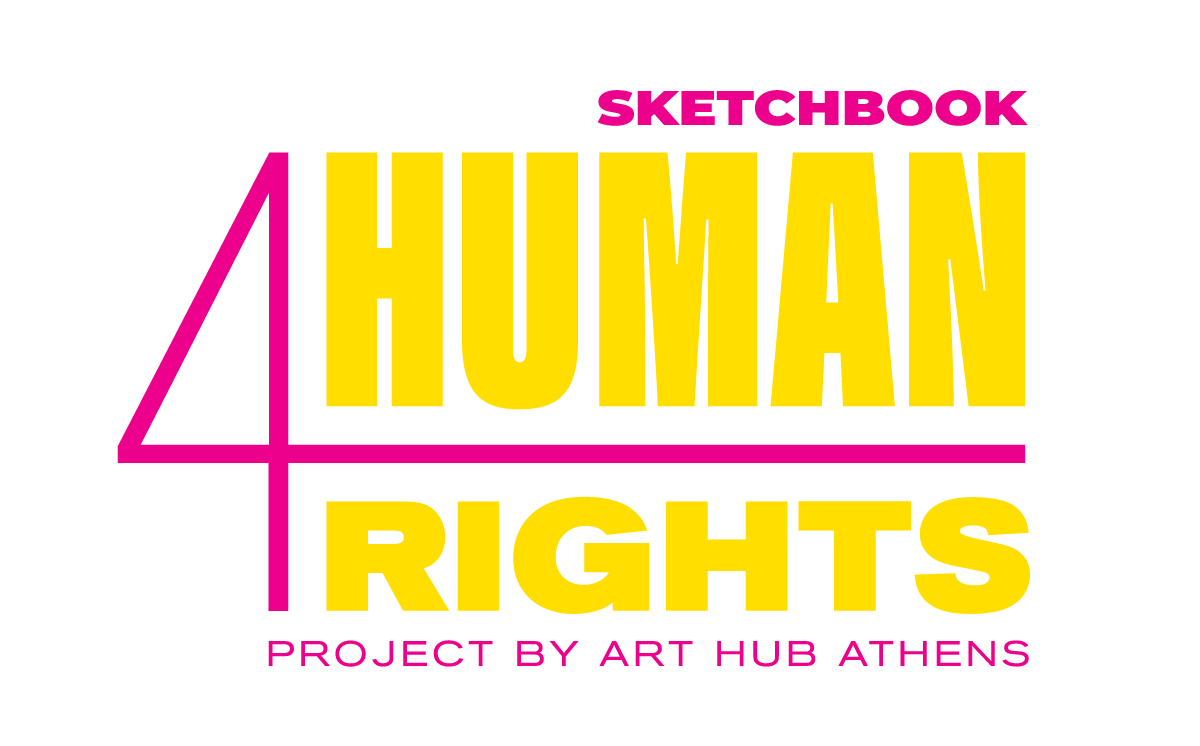
Anna Giannopoulou
Can art talk about human rights?
In the evolutionary stages of the mortal race, man sought to maintain, secure, and improve his life. Initially, he met his basic needs, those that were necessary for his survival, such as housing, clothing, food, and from a forager he became a food producer. At the same time, he developed language and religion, and after covering all his vital needs, he also developed culture. From that period until today, man is constantly evolving culturally. It is often observed that he receives influence and exercises, while often place, time, manners, customs, perceptions, traditions, identity and language influence him and shape him. In modern society, which is daily challenged by the technocratic way of life, humanitarian ideals are being pushed aside. Thus, it is often mistakenly thought that art should offer only aesthetic pleasure serving the high and the beautiful. On the one hand, globalization and consumerism, consider art another product that is offered for material bliss. On the other hand, economic interests and political expediencies support military art in order to serve them.
Art, however, is directly related to everyday life and the concerns that arise about it. The artist, as an active member of society, is not indifferent to it and does not adopt views such as “art for art’s sake”. Through his work, he is called to raise issues that concern us all, to complain, to reflect, to draw attention. The creations are conceptually supported and meaningful by their content. Thus, art not only can but must address the issue of human rights. No matter how many declarations have been made, no matter how many changes have taken place at international and national level, these violations continue to take place. On the occasion of recent events, I refer to the right to life, the murders of women reveal the consequences of patriarchy and gender-based violence. In particular, gender-based violence is a global and everyday phenomenon. This, in combination with domestic violence, biological and social gender as well as sexism, stereotypes and prejudices lead to the violation of rights, resulting in perpetrators of psychological, physical, verbal and emotional violence.





